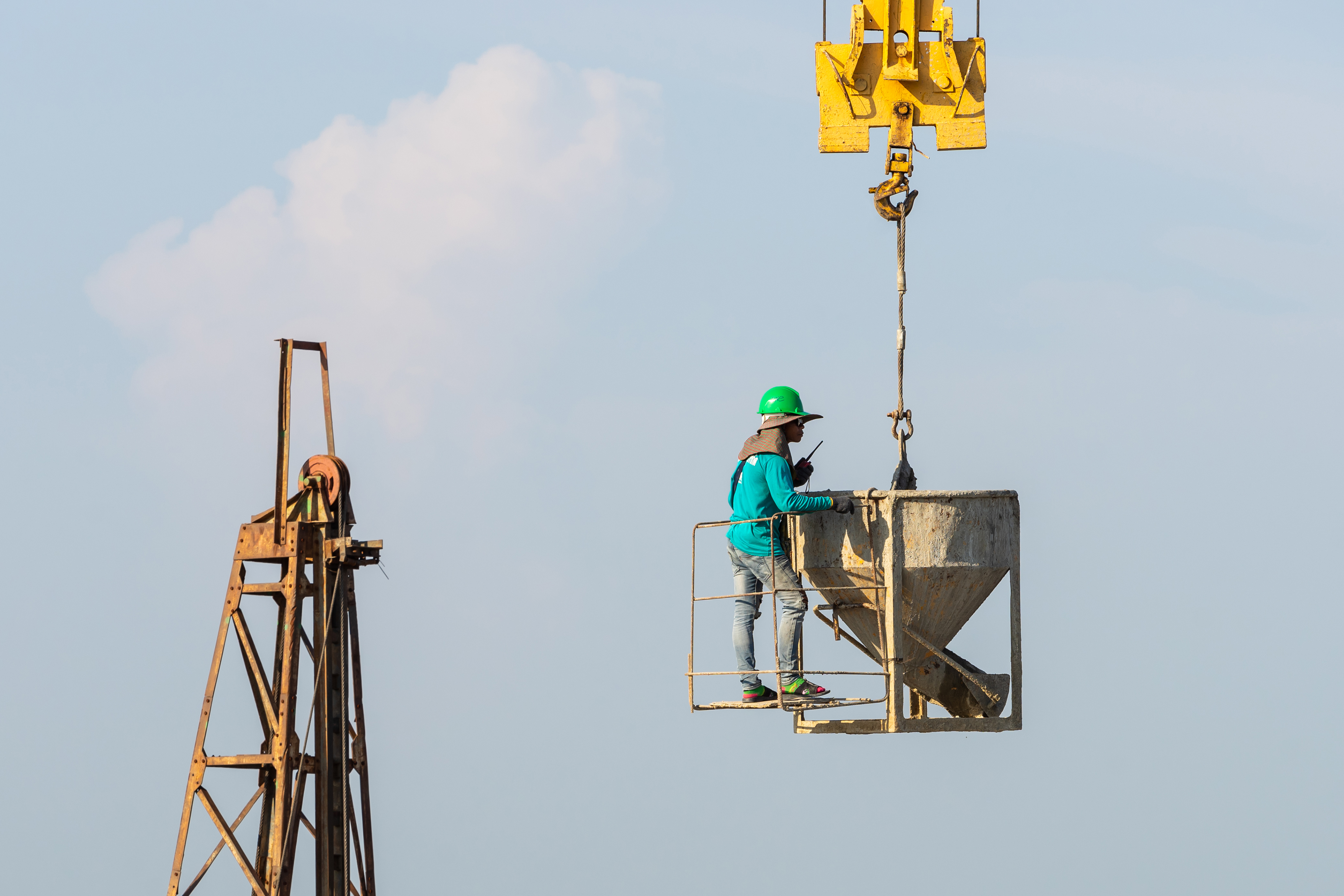Lockdown Procedure in Schools
Recognizing the Requirement for a Lockdown Protocol
Within the context of educational institutions, this introductory module digs into the significance of putting in place a lockdown mechanism. Discover the significance of being prepared and the ways in which a well-defined procedure may guarantee the safety of all individuals in challenging situations.
Important Elements of the Lockdown Process
An investigation into the elements that make up an effective lockdown approach is required. From the protocols for communication to the designated safe zones, we will guide you through the procedures that provide a comprehensive and easy-to-follow approach during times of emergency.
Positions and Accountabilities
It's critical to know who does what during a lockdown. The roles and obligations of staff members, teachers, and students are made clear in this session. Each person contributes significantly to the process and the community's overall safety at the school.
It Takes Practice to Become Perfect at Drilling
The secret to being ready is practice. Discover how routine exercises help everyone become accustomed to the lockdown protocol, minimizing anxiety and guaranteeing a seamless reaction during actual situations. Learn how crucial it is to practice consistently in order to improve the process.
Continuous Improvement and the Process of Changing the Procedure
The lockdown process that is effective is dynamic. Within the context of this subject, the significance of continuous review and improvement is discussed. You should investigate the ways in which comments, reviews, and actual incidents contribute to the process of improving the method, which ultimately makes it even more effective over time.
Lessons
Brief Descripiton of Lockdown Procedure in Schools
Module 1: Introduction and the Lockdown Officer
Module 2: Reasons for Lockdowns
Module 3: The Lockdown Signal and the all Clear Signal
Module 4: Suitable Rooms for Lockdown
Module 5: Communication Arrangements
Module 6: Possible Terminology
Module 7: Violent Intruder Lockdown
Module 8: Possible Threat or Danger
Module 9: Staff Lockdown Responsibilities
Module 10: Home Office Police Requirements
Module 11: Simple Measures and where to Seek Help



